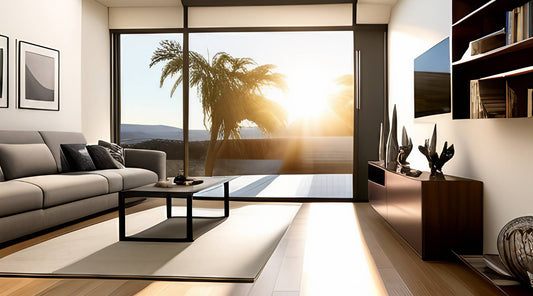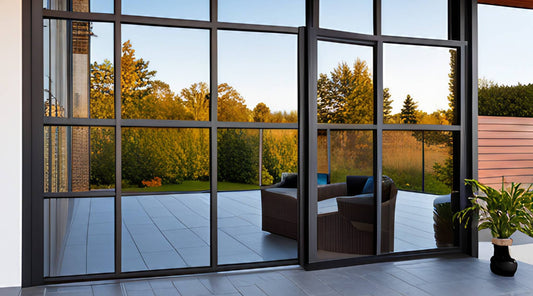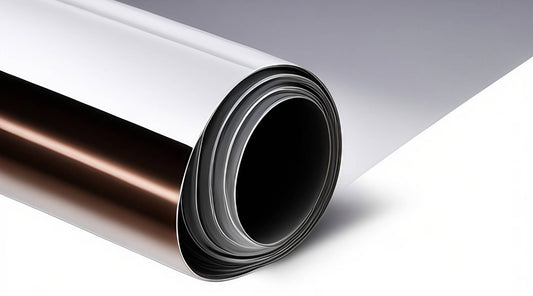Should you install window film on the inside or the outside of your windows? It sounds like a simple choice. But once you start, it can quickly feel confusing—especially if you're standing on a ladder, sweating in the sun, wondering if you're doing it wrong. The truth is, the side you choose can affect how well your window film works. It can impact heat control, privacy, how long the film lasts, and even your window warranty. This guide will give you clear answers, real stories, and expert tips to help you make the best choice for your home or building. Let’s take a look at what really matters.
What Are Window Films, Really?
Window films are thin sheets made from strong, clear plastic. They stick to your glass and help reduce heat, glare, and UV rays. Some types also give you more privacy or help keep glass from shattering. These films are used in homes, offices, schools, and even hospitals.
Understanding the Basics
Window films are usually made from a type of plastic called PET. This material is clear, tough, and doesn’t change how your window looks. Some films are dyed to block glare. Others have metal or ceramic layers that reflect heat. Security films are thicker and help hold broken glass in place.
At home, people use films to block heat or protect furniture from fading. In businesses, films help lower cooling costs and protect workers from too much sunlight.
What Window Films Actually Do
Window films can cut glare, stop UV damage, and make rooms feel cooler in summer and warmer in winter. One client in Mississauga had a sunroom that felt like an oven by noon. We added a film that blocked most of the heat. After that, they said it was finally comfortable to use—even during a heatwave.
These films block up to 99% of UV rays. That protects your skin and your floors, furniture, and artwork. Some films also make it harder for people to see into your space, which boosts privacy.
Interior vs. Exterior Films
Interior films are installed on the inside of your window. They last longer because they don’t face rain, snow, or dirt. They're best for homes or buildings where it’s easy to reach the windows.
Exterior films are made to handle the weather. They work well on high windows or glass that’s hard to reach from the inside. Some outside films block more heat before it enters the glass, which makes them useful for big offices or glass towers.
Where You Stick It Matters
So, should you go inside or outside with your window film? If you can reach the windows easily and want the film to last longer, go with interior film. If your windows are hard to access, or you're dealing with special glass like Low-E or double-pane, exterior film might be better.
Here’s the key idea: Choose the side that solves your problem best. Films help with heat, privacy, glare, fading, and even safety. But how well they work depends on how and where you install them.
Want the Best Value for Your Windows? Start With a Free Expert Quote.
At Tintly Window Films®, we don’t use shortcuts. We hand-cut each film for a clean edge and smooth finish. We help you choose what works, not just what looks good.
Get in touch now—because peace of mind, comfort, and savings are always worth it.
Frequently Asked Questions
-
1. Should window film be installed on the inside or outside of the glass?
Most window films are installed on the inside for better protection from weather, but exterior films are used when indoor access is limited or extra heat rejection is needed. -
2. Is exterior window film as durable as interior window film?
Exterior films are made with extra weather-resistant layers, but they may not last as long as interior films without regular maintenance. -
3. Can window film be installed on double-pane or Low-E windows?
Yes, but it’s safer to use exterior film on these window types to avoid heat build-up and seal failure. -
4. Does installing window film affect how the window looks from the outside?
Some films may add a slight tint or reflectiveness, but many options are designed to look nearly invisible from the street. -
5. How do I know which type of window film is right for my home or business?
The best way is to get a professional assessment that considers your window type, building exposure, and goals for heat, privacy, or security.




